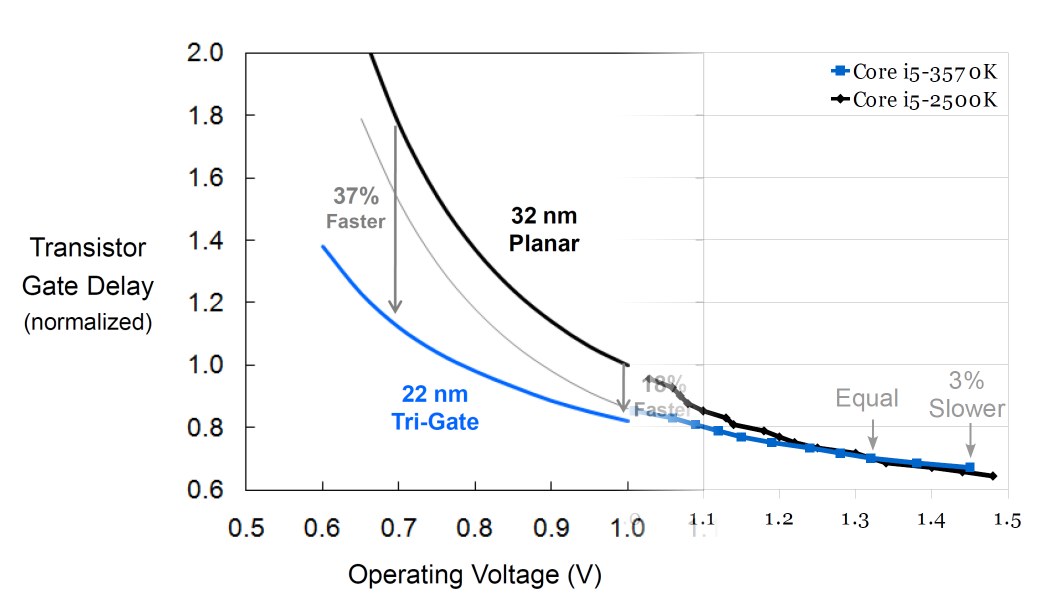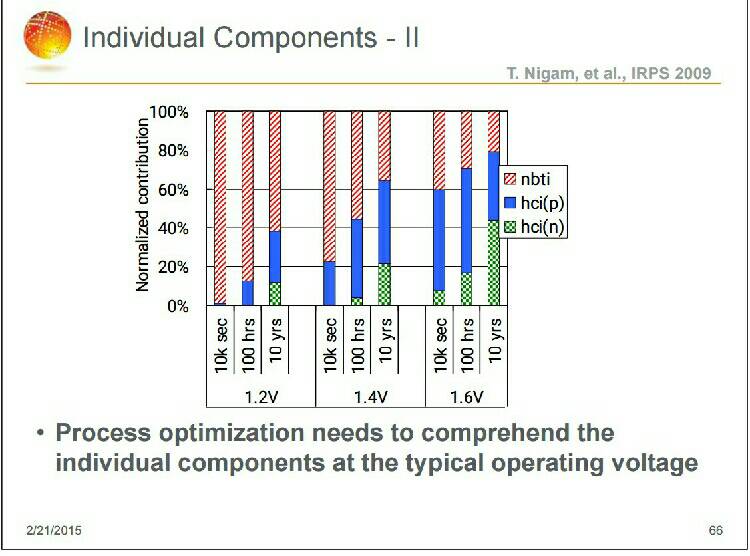The credibility of this magazine is very low therefore, they are just trolling around and the people buy it.
Surely that the guy who is behind CPUZ and Memtest86+ (that he designed using Memtest86 as basis) is someone who s credibility can be questionned by whoever post on any forum, that being said he knows insiders within both Intel and AMD and it is clearly stated on the articles of the last edition...









